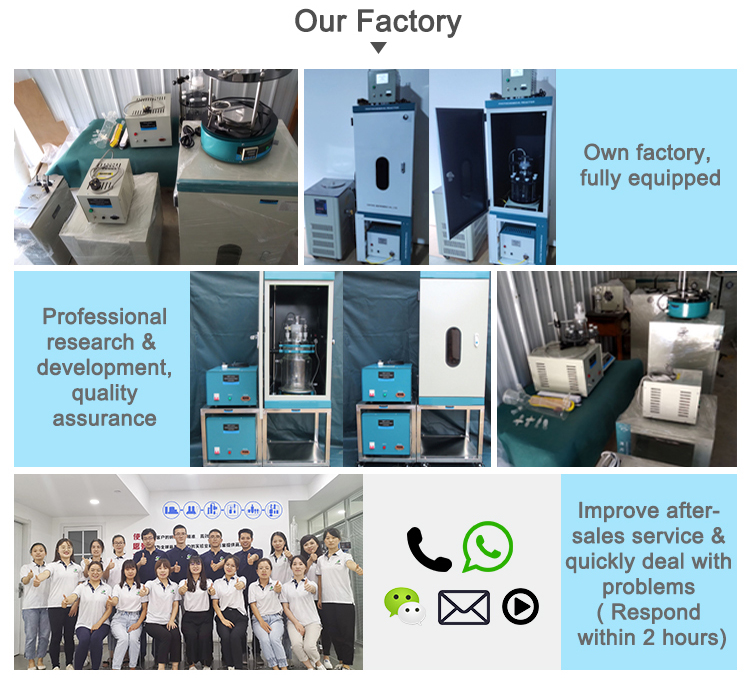-
In the field of advanced chemistry and synthesis, photochemical reactors
have become an important tool for researchers and scientists. This innovative device enables precise control of chemical reactions and facilitates the synthesis of complex compounds. Photochemical reactors revolutionize the way chemical reactions are carried out by harnessing the energy of photons to drive reactions that are either impossible or challenging to achieve by traditional methods. Due to its unique capabilities and discovery potential, the device has gained widespread attention in academic institutions, research laboratories, and industrial settings. photochemical reactors manufactured by TOPTION are high-quality, powerful devices that provide vital support for chemical synthesis and research efforts.
-
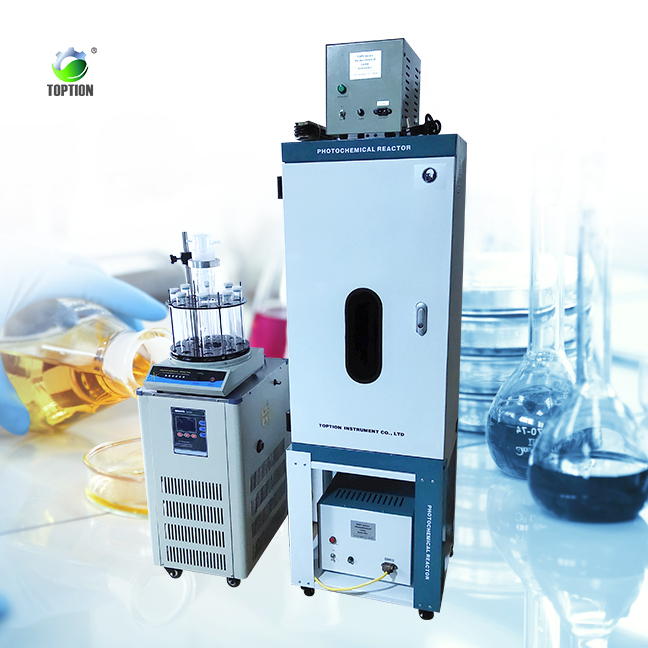
-
The fundamental principle underlying photochemical reactors lies in the absorption of light by a photosensitive substance known as a photoreactor. When exposed to specific wavelengths of light, the photoreactor undergoes a photochemical process, leading to the formation of intermediates and eventually the desired products. The choice of light source, control of reaction conditions, and selection of appropriate photochemical catalysts play a crucial role in achieving successful outcomes.
A typical photochemical reactor
consists of several essential components that work in synergy to facilitate efficient light absorption and reaction control. These components include the light source, reaction vessel, cooling system, temperature control unit, and monitoring devices. Each component is meticulously designed to ensure optimal performance and safety during photochemical reactions. -
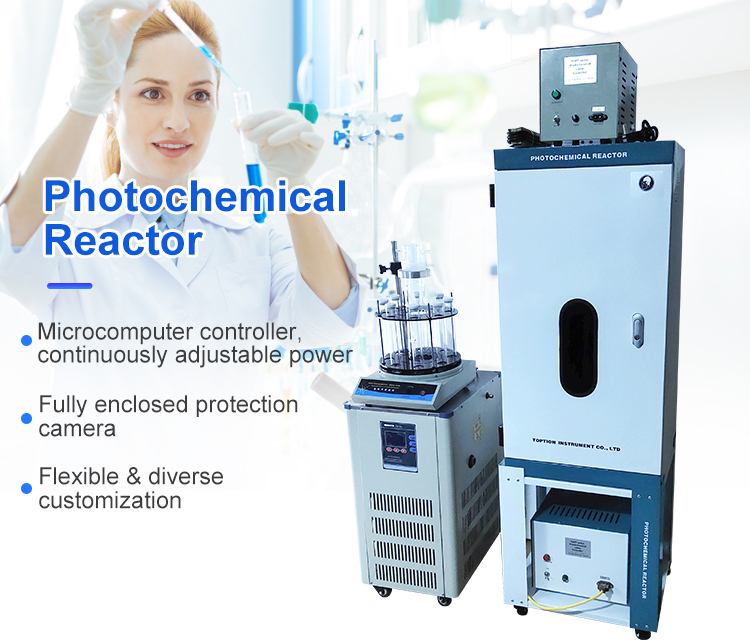
-
Advantages and Applications of Photochemical Reactor
The advantages of using a photochemical reactor
are manifold. Firstly, the precise control over reaction conditions and the ability to select specific wavelengths of light allows for highly selective and efficient reactions. Secondly, the photochemical reactor enables the synthesis of complex molecules, including pharmaceutical intermediates, fine chemicals, and organic compounds. It also finds applications in environmental analysis, material science, and solar energy conversion. Additionally, the inherent scalability of photochemical reactors makes them attractive for industrial processes aiming for large-scale production. -
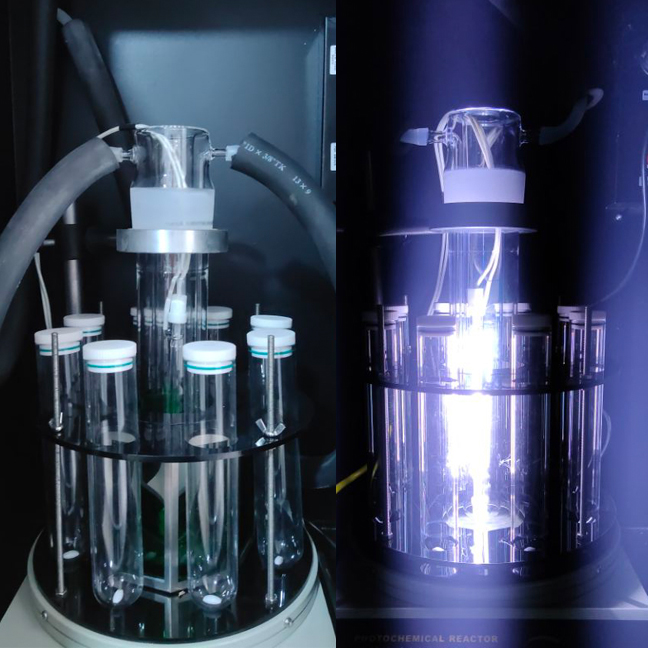
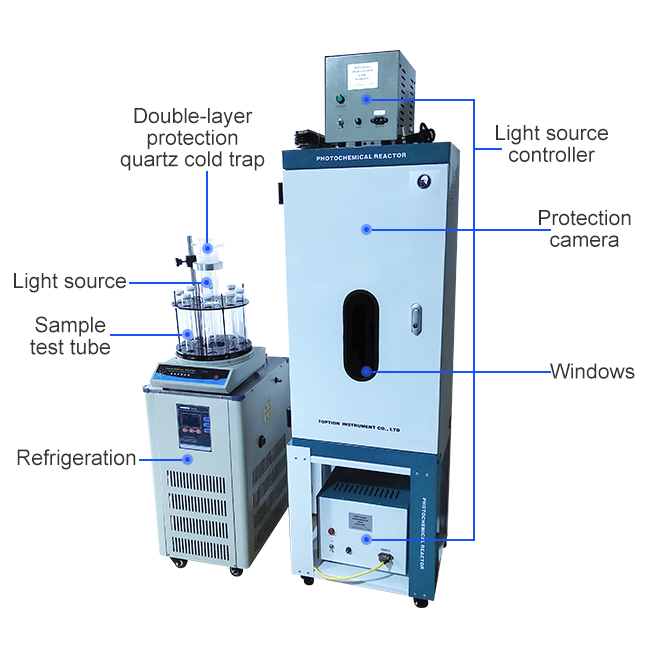
-
The field of photochemical reactors
is witnessing continuous advancements and innovations. Researchers are exploring new catalysts, light sources, and reaction conditions to expand the scope of photochemistry. With advancements in reactor design and engineering, the efficiency, safety, and scalability of photochemical reactions are being improved. The integration of automation, control systems, and real-time monitoring further enhances the understanding and optimization of photochemical processes. As the quest for sustainable and environmentally friendly chemistry gains momentum, photochemical reactors are poised to play a significant role in enabling greener synthetic processes.The photochemical reactor stands as a testament to human ingenuity and the power of light in driving chemical reactions. With its ability to unlock new possibilities for synthesis, selectivity, and efficiency, this device has become an indispensable tool for researchers across various scientific disciplines. As technology progresses, we can expect further advancements in photochemical reactor design and application, opening doors to groundbreaking discoveries. Embrace this transformative tool and leverage the potential of light-driven reactions with the photochemical reactor. Explore the vast possibilities it offers and embark on a journey of scientific innovation and exploration. Welcome to contact us at [email protected]
. -

-
